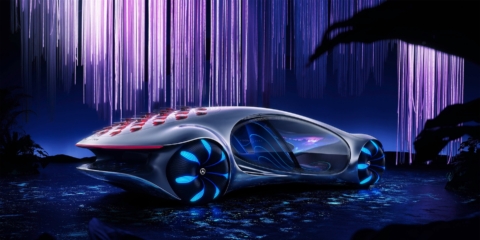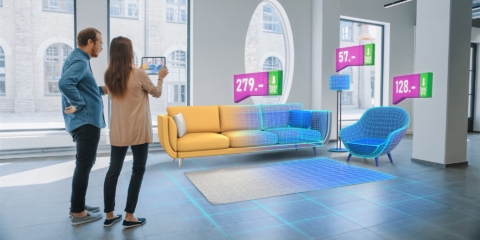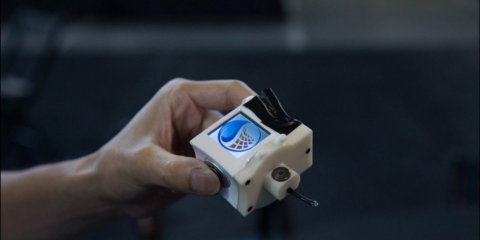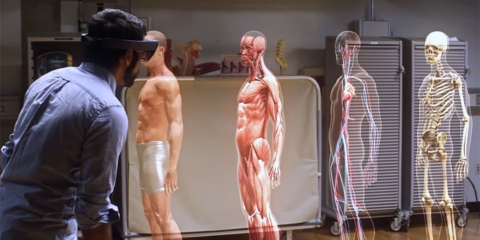Would you like to get notifications from Christian?
What Happened?
Researchers have made significant progress towards making quantum batteries a reality after demonstrating a new proof-of-concept device. The next-generation battery technology has the potential to revolutionize energy storage by making use of a phenomenon known as super absorption. This process involves a quantum mechanical principle relating to a molecule’s ability to absorb light, requiring less charging time the more they become entwined. This means that it is theoretically possible for the charging power of a quantum battery to increase faster than the size of the battery. Super absorption, therefore, means the bigger the battery, the faster it charges.
Read the full article here: https://bit.ly/3tGxFnJ
Why is this important?
It is no secret that batteries are becoming increasingly important in our society. They store energy that can be used to power electric cars, electronic devices, and even entire homes. High-capacity batteries could have a profound impact on everything from mobility to logistics. Imagine that all the sustainable energy that we produce in the near future could be stored and used for powering our entire economy and in particular the more heavy and polluting ones like the production industry, mobility, and logistics. In short: high-intensity batteries could be a game-changer for businesses and consumers.
Christian is a futurist and trendwatcher who speaks about the impact of exponential technologies like AI on organizations, people, and talents. Christian tailors his presentations to your audience's specific industries and needs.



Our world is changing at an exponential rate! A big tidal wave of digital transformation and disruption is coming at us fast. Many organizations see this wave as a threat and experience stress, but there are also organizations that just see this wave as an opportunity.

Imagine sitting with just 10-15 fellow executives at a premier location, gaining clarity on the impact of AI on your industry while enjoying an exquisite dining experience. These are not just meetings—they are transformative moments that will shape the future of your organization



In the future, 3D printing and generative design will allow for products to be designed in a more decentralized manner, and production will take place closer to the customer and fully on-demand. 3D printing technology will also allow for more customization and personalization of products.


The agricultural industry is ripe for disruption. Robotics, AI, and IoT are all technologies that have the potential to radically transform the way we grow food. In combination with vertical farming, these technologies could increase the efficiency and quality of agricultural products.

A human-centered society is one that puts people first and where technology is used to unite and empower people. It is a society that values biological life and dignity above all else. It is a society that recognizes the importance of human relationships and works to strengthen them. In a human-centered society, all members of the community are valued and treated with respect.


The future of healthcare is here. New technologies like AI, IoT, big data, and smart sensors make it possible to become the CEO of your own health. Imagine that your phone can listen to your voice and AI algorithms can detect small nuances in the tone of your voice that indicate specific diseases.
